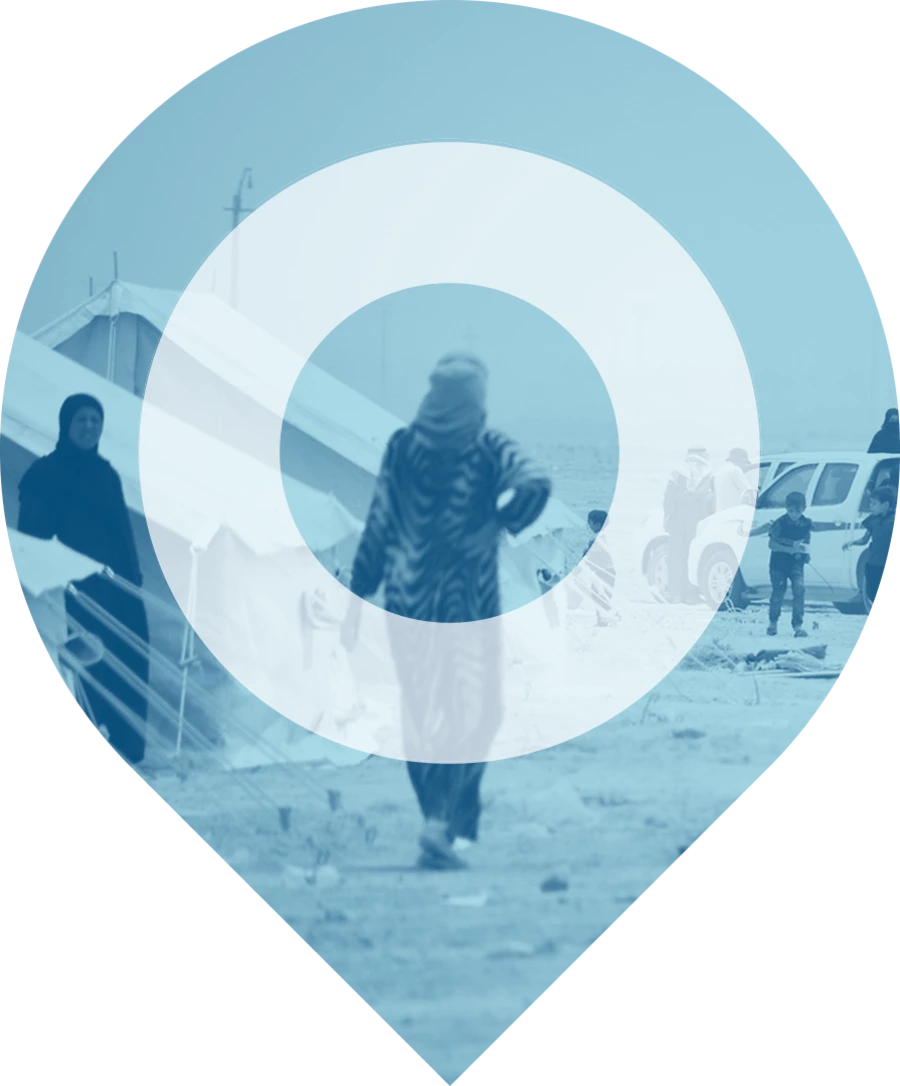Weekly
highlights
Every week, we publish new highlights on recent humanitarian developments to enable crisis responders to prioritise based on the needs of affected populations.
30/04/2025
Myanmar
One month after a magnitude-7.7 earthquake struck Myanmar on 28 March 2025, women, girls, and children’s needs remain critical. Over ten million women and girls already needed humanitarian assistance before the earthquake, with 4.6 million women of reproductive age and 223,000 currently pregnant living in the affected areas. The earthquake damaged over 640 health facilities, preventing women’s access to crucial maternal and reproductive care, such as prenatal, postnatal, and urgent obstaetric services. Over 1.5 million adolescent girls face heightened protection risks, with overcrowded shelters lacking privacy, lighting, and safety measures. Around two million children require immediate assistance and protection. The earthquake also damaged over 800 schools and destroyed or rendered 279 non-functional, severely disrupting children’s access to education and safe learning environments. Conflict and insecurity further restrict humanitarian access, disrupt relief operations, and heighten protection risks for already vulnerable populations, particularly women, girls, and children. (UNFPA 25/04/2025, UNFPA 18/04/2025, UNICEF 18/04/2025)
29/04/2025
Niger
On 20 April 2025, Algerian authorities expelled more than 1,100 migrants – one of the largest single expulsions in recent years. The number of deportations reached nearly 4,000 that month in Assamaka. These expulsions are part of a longstanding trend, with over 30,000 expulsions recorded in 2024. The migrants are often left in the desert, without food or water, and must walk for hours to the IOM transit centre in Assamaka town. This journey is even more difficult because the temperature can reach over 40° C in the desert. Migrants often arrive in extremely vulnerable conditions, with urgent needs for food, shelter, medical care, and protection. In Assamaka, the limited infrastructure for basic social services struggles to meet the needs of both community members and stranded migrants. Migrants hosted in camps describe difficult living conditions, including overcrowding, inadequate resources, long registration delays, and lack of food. (IOM 21/04/2025, IOM 16/04/2025, RFI 24/04/2026)
29/04/2025
Somalia
Moderate to heavy rainfall since early April 2025 has led to flash floods in Somalia, affecting nearly 30,000 people. The rains have hit Puntland and Southwest states the hardest, with over 27,000 people displaced in Bari and Nugaal regions. Shelters and latrines have been destroyed, disrupting access to clean water. Educational infrastructure has also been affected, with damage to 11 schools in Qardho district, Puntland state affecting 3,700 children. In Southwest state, stagnant water in displacement sites has heightened disease risks, particularly in Baidoa and Wanlaweyn districts. Access constraints from road damage and a nonfunctional airstrip in Dhobley district hinder aid delivery. Despite initial assessments, response efforts are limited. Immediate needs include emergency shelter, food, sanitation services, and relocation support. The combination of pre-existing drought conditions and flooding has left affected populations highly vulnerable, with minimal capacity to cope or recover without assistance. (FAO/SWALIM 28/04/2025, The Eastleigh Voice 14/04/2025, OCHA 22/04/2025)


